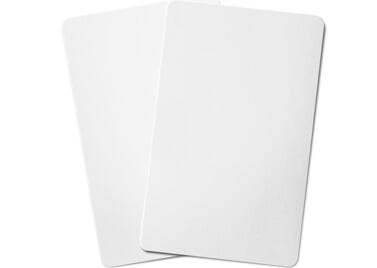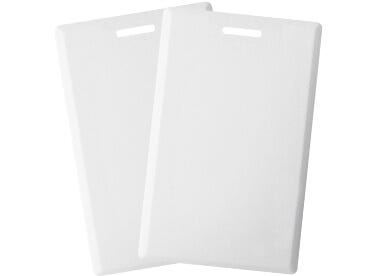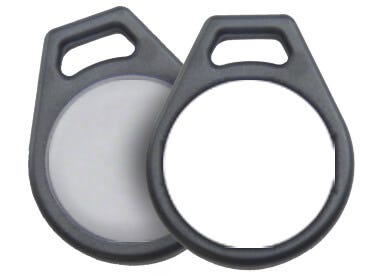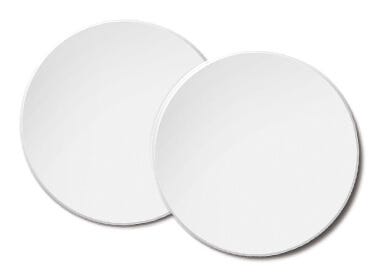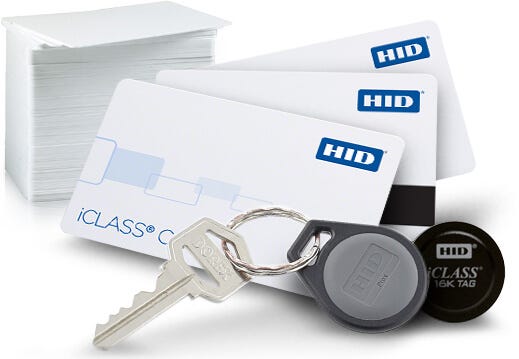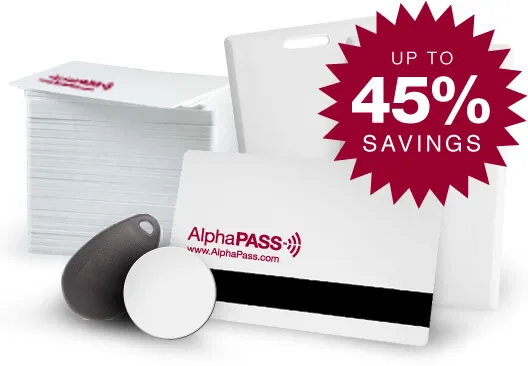Filter By
Shopping Options
- Any1 item
- 3000items
- 42250items
- 42500items
- 44250items
- 580i0items
- 590i0items
- 6000items
- Alto0items
- Avalo0items
- Avalon0items
- Avalon Duo0items
- Avansia0items
- Badgy0items
- Badgy10items
- Badgy1000items
- Badgy2000items
- C100items
- C110items
- C150items
- C160items
- C250items
- C300items
- C30e0items
- C500items
- CardJet 4100items
- CardJet C70items
- CD8000items
- CD8100items
- Cheetah0items
- Cheetah II0items
- CP400items
- CP40 Plus0items
- CP600items
- CP60 Plus0items
- CP800items
- CR1000items
- D-400items
- DCP 360+0items
- DCP 360i0items
- DTC10000items
- DTC1000M0items
- DTC1000Me0items
- DTC1250e0items
- DTC15000items
- DTC1500XE0items
- DTC3000items
- DTC4000items
- DTC40000items
- DTC400e0items
- DTC4250e0items
- DTC45000items
- DTC4500e0items
- DTC5000items
- DTC500-LC0items
- DTC5100items
- DTC5150items
- DTC515-LC0items
- DTC5200items
- DTC5250items
- DTC525-LC0items
- DTC5500items
- DTC550-LC0items
- DTC5500LMX0items
- DTC7100items
- DTC7200items
- Dualys0items
- Dualys 20items
- Dualys 30items
- Dymo LabelWriter 450 Turbo0items
- Elypso0items
- Enduro0items
- Enduro 3E0items
- Enduro Duo0items
- Enduro+0items
- Enduro+ Duo0items
- Enduro3E LE0items
- Enduro3E Limited Edition0items
- Express0items
- FP650items
- FP65i0items
- HDP50000items
- HDP5000-LC0items
- HDP56000items
- HDP5600XE0items
- HDP6000items
- HDP600 CR1000items
- HDP600-LC0items
- HDP66000items
- HDP6600XE0items
- HDP7000items
- HDP7100items
- HDP7200items
- HDP8000items
- HDP8200items
- HDP820-LC0items
- HDP8250items
- HDP825-LC0items
- HDP85000items
- HDPii0items
- Helix0items
- Helix Duo0items
- Helix Uno0items
- IDP0items
- ILM Inline Lamination Module0items
- ILU Inline Lamination Module0items
- ILM-DS Inline Lamination Module (Dual Side)0items
- ILM-LS Inline Lamination Module (Lower Side)0items
- ILU Inline Lamination Unit0items
- ImageCard Express0items
- ImageCard I0items
- ImageCard II0items
- ImageCard II+0items
- ImageCard II Plus0items
- ImageCard III0items
- ImageCard IV0items
- ImageCard Magna0items
- ImageCard Select0items
- IMX20items
- IMX2+0items
- INK10000items
- INK1000XE0items
- Kiosk0items
- LM2000items
- LM3000items
- M100items
- M110items
- M300items
- M30e0items
- Magna0items
- Magna AIT0items
- Magna Platinum0items
- MC2000items
- MC200 Duo0items
- Opera0items
- P1000items
- P100i0items
- P110i0items
- P110m0items
- P120i0items
- P2050items
- P2100items
- P210i0items
- P2500S0items
- P3000items
- P30000items
- P3000E0items
- P300C0items
- P3100items
- P310C0items
- P310F0items
- P310i0items
- P320i0items
- P330i0items
- P330m0items
- P3500S0items
- P4000items
- P40000items
- P4000E0items
- P4200items
- P420C0items
- P420i0items
- P430i0items
- P4500S0items
- P5000items
- P50000items
- P5000E0items
- P5200items
- P520C0items
- P520i0items
- P5500S0items
- P6000items
- P6200items
- P630i0items
- P640i0items
- P7200items
- P720C0items
- P720i0items
- P750items
- P75i0items
- Pebble0items
- Pebble 20items
- Pebble 30items
- Pebble 40items
- Persona0items
- Persona II0items
- Persona Plus0items
- PersonaPlus0items
- PR-C1010items
- PR-C1510items
- PR-C151-Lam0items
- PR-C2010items
- PR-C201 + Lam0items
- PR-C201-Lam0items
- PR51000items
- PR51010items
- PR51030items
- PR52000items
- PR53000items
- PR5300HED0items
- PR53010items
- PR53020items
- PR5302A0items
- PR53100items
- PR53500items
- PR5350HED0items
- PR5350i0items
- PR5350IC0items
- PR5350IP0items
- PR5350m0items
- PR5302D0items
- PR5360LE0items
- PR53LE0items
- PR53LEHED0items
- PR5500K5690items
- Prima0items
- Prima 2e0items
- Prima 30items
- Prima 3 Duo0items
- Prima 3 High Output0items
- Prima 3 Uno0items
- Prima 3 Duo Plus0items
- Prima 40items
- Prima 4 Duo0items
- Prima 4 Duo + Lam0items
- Prima 4 Uno0items
- Prima 4 Uno + Lam0items
- Prima 80items
- Primacy0items
- Primacy 20items
- PrimacyID0items
- Pro0items
- PRO 5500items
- PRO 7500items
- Pro-L0items
- Pro-LX0items
- Pronto0items
- Pronto1000items
- Quantum0items
- Quantum 10items
- Quantum 20items
- Quatro0items
- Rio0items
- Rio 20items
- Rio 2e0items
- Rio Pro0items
- Rio Pro 3600items
- Rio Pro 360 LE0items
- Rio Pro Duo0items
- Rio Pro LE0items
- Rio Pro Limited Edition0items
- Rio Pro Xtended0items
- RL900items
- RL90 Plus0items
- RP900items
- RP90 Plus0items
- S-180items
- SCC4000D0items
- SD1600items
- SD2600items
- SD3600items
- SD4600items
- Securion0items
- Select0items
- Select AIT0items
- Select Platinum0items
- Select with AIT0items
- Sicura0items
- Sigma SL10items
- Sigma SL20items
- Sigma SL30items
- Smart-300items
- Smart-30D0items
- Smart-30R0items
- Smart-30S0items
- Smart-310items
- Smart-500items
- Smart-50D0items
- Smart-50L0items
- Smart-50S0items
- Smart-510items
- Smart-51D0items
- Smart-51L0items
- Smart-51S0items
- Solid-510SE0items
- Smart-700items
- Smart-70 + Lam0items
- Smart-810items
- Solid-810SE0items
- Smart-81D0items
- Smart-81L0items
- Smart-81S0items
- Solid-2100items
- SOLID-310SE0items
- SP250items
- SP25 Plus0items
- SP25+0items
- SP350items
- SP35 Plus0items
- SP550items
- SP55 Plus0items
- SP600items
- SP750items
- SP75 Plus0items
- SR2000items
- SR200-Lam0items
- SR3000items
- Tango0items
- Tango +L0items
- Tango 20items
- Tango 2e0items
- Tattoo0items
- Tattoo 20items
- Tattoo 2 Rewrite0items
- Tattoo Rewrite0items
- Tattoo RW0items
- Tempo0items
- TEST0items
- Turbo0items
- Turbo Flip0items
- Uno0items
- Wise-CXD800items
- Wise-CXD80D0items
- Wise-CXD80D + Lam0items
- Wise-CXD80S0items
- Wise-CXD80S + Lam0items
- XID 4300items
- XID 4400items
- XID 4500items
- XID 560ie0items
- XID 570i0items
- XID 570ie0items
- XID 570ii0items
- XID 580i0items
- XID 580ii0items
- XID 580ie0items
- XID 590i0items
- XID 590ie0items
- XID 590ii0items
- XID 83000items
- XID 86000items
- XID 93000items
- XID 93300items
- Xtended0items
- ZC1000items
- ZC100 LT0items
- ZC11-0000000US000items
- ZC11-000C000US000items
- ZC11-0M00000US00items
- ZC3000items
- ZC31-000C000US000items
- ZC32-000C000US000items
- ZC35-000C000US000items
- ZC3500items
- ZC350 LT0items
- ZC36-000C000US000items
- Zebra GC420d0items
- Zenius0items
- Zenius Classic0items
- Zenius Expert0items
- ZeniusID0items
- ZXP Series 10items
- CDxxx0items
- ZXP Series 30items
- ZXP Series 3 - Dual Sided0items
- ZXP Series 3 - Single Sided0items
- ZXP Series 70items
- ZXP Series 7 Pro0items
- ZXP Series 80items
- ZXP Series 8 & Series 90items
- ZXP Series 8 - Duplex0items
- ZXP Series 8 - Single Sided0items
- ZXP Series 90items
- ZXP Series70items
- ZC10L0items
- Zebra G Series0items
- Zebra ZD series0items
- Brother QL Series0items
- PRO 1000items
- PRO 5000items
- PRO 7000items
- Magicard Ultima0items
- Compass0items
- Pilot0items
- Dymo 400 Series0items
- Zebra GK420d0items
- Zebra GT8000items
- Zebra GX4200items
- Zebra ZD4100items
- Zebra ZD4200items
- Zebra ZD6200items
- Zebra GC4200items
- Ultima0items
- XL83000items
- CR8050items
- Authentys RT10items
- Primacy 2 LE0items
- HDPii Plus0items



